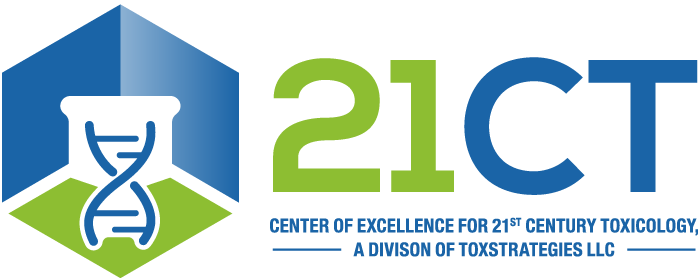2021
Thompson CM , Aardema MJ, Heintz MM , MacGregor JT, Young RR. 2021. A review of mammalian in vivo genotoxicity of hexavalent chromium: Implications for oral carcinogenicity risk assessment. Crit Rev Toxicol 51(2), https://doi.org/10.1080/10408444.2021.2000934 .
View Abstract
Publication: Manuscripts
Thompson CM , Aardema MJ, Heintz MM , MacGregor JT, Young RR. 2021. A review of mammalian in vivo genotoxicity of hexavalent chromium: Implications for oral carcinogenicity risk assessment. Crit Rev Toxicol 51(10)820-849; doi: 10.1080/10408444.2021.2000934 . PMID: 35060824.
View Abstract
Publication: Manuscripts
2018
Moffat I, Martinova N, Seidel C, Thompson CM . 2018. Hexavalent chromium in drinking water. J AWWA 110(5):E22-E35; doi: 10.1002/awwa.1044 .
View Abstract
Publication: Manuscripts
Thompson CM , Kirman CR, Hays SM, Suh M , Harvey SE , Proctor DM, Rager JE, Haws LC, Harris MA. 2018. Integration of mechanistic and pharmacokinetic information to derive oral reference dose and margin-of-exposure values for hexavalent chromium. J Appl Toxicol 38:351–365; doi: 10.1002/jat.3545 .
View Abstract
Publication: Manuscripts
2017
Thompson CM , Young RR, Dinesdurage H, Suh M , Harris MA, Rohr AC, Proctor DM. 2017. Assessment of the mutagenic potential of hexavalent chromium in the duodenum of Big Blue® rats. Toxicol Appl Pharmacol 330(1):48-52.
View Abstract
Publication: Manuscripts
Rager JE, Ring CL, Fry RC, Suh M , Proctor DM, Haws L, Harris MA, Thompson CM . 2017. High-throughput screening data interpretation in the context of in vivo transcriptomic responses to oral Cr(VI) exposure. Toxicol Sci 158(1):199–212; doi: 10.1093/toxsci/kfx085 .
View Abstract
Publication: Manuscripts
Kirman CR, Suh M , Proctor DM, Hays SM. 2017. Improved physiologically based pharmacokinetic model for oral exposures to chromium in mice, rats, and humans to address temporal variation and sensitive populations. Toxicol Appl Pharmacol 325:9-17.
View Abstract
Publication: Manuscripts
Thompson C , Rager J, Suh M , Proctor D, Haws L, Harris M. Mechanistic support for nonlinear risk assessment of rat oral cavity tumors induced by exposure to Cr(VI) in drinking water. Poster presented at Society of Toxicology Annual Meeting, Baltimore, MD, March 2017.
View Abstract
Publication: Abstracts and Presentations
Thompson C, Rager J, Suh M , Proctor D, Haws L, Harris M. Mechanistic support for nonlinear risk assessment of rat oral cavity tumors induced by exposure to Cr(VI) in drinking water. Poster presented at 56th Society of Toxicology Annual Meeting, Baltimore, MD, March 2017.
View Abstract
Publication: Abstracts and Presentations
2016
Thompson CM , Bichteler A, Rager JE, Suh M , Proctor DM, Haws LC, Harris MA. 2016. Comparison of in vivo genotoxic and carcinogenic potency to augment mode of action analysis: Case study with hexavalent chromium. Mut Res/Genetic Toxicol Environ Mutagen 800-801(April):28-34; doi: 10.1016/j.mrgentox.2016.01.008 .
View Abstract
